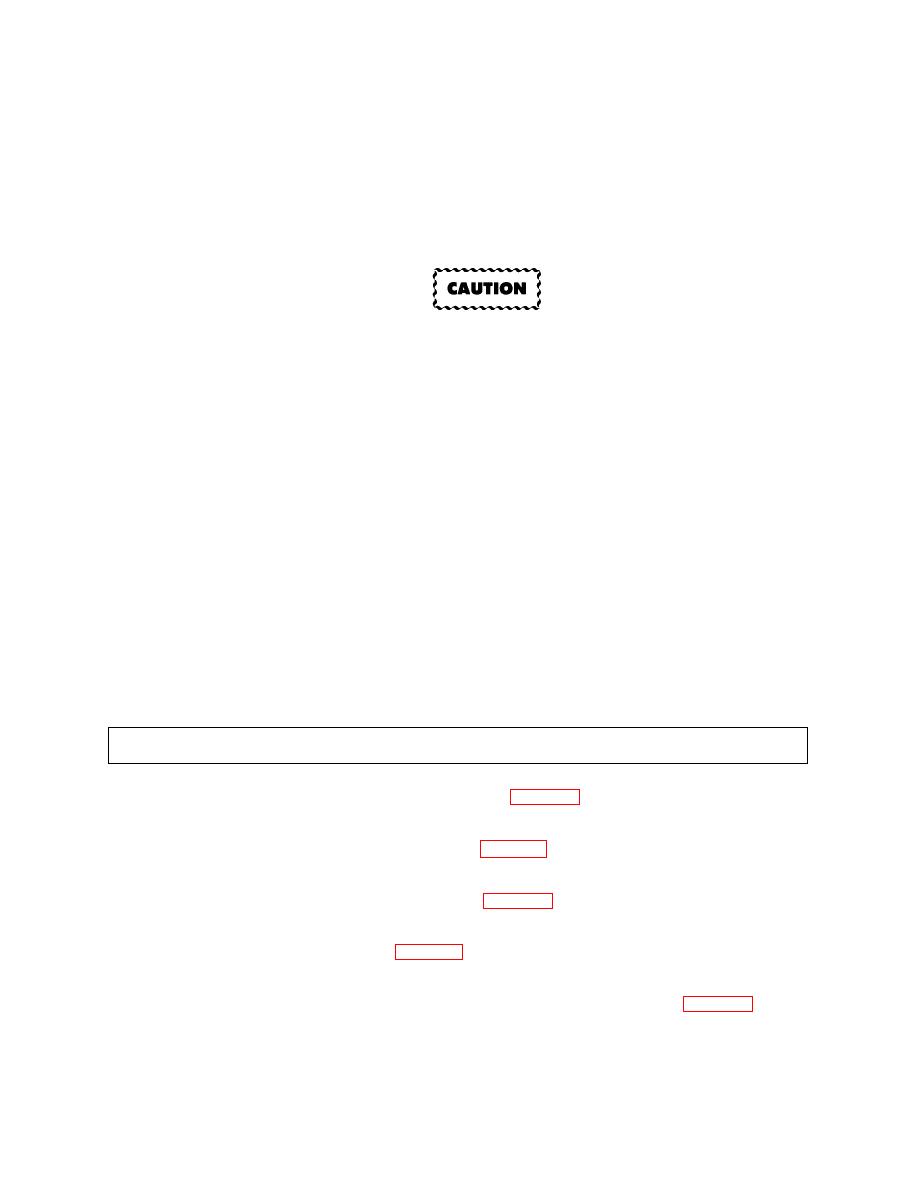 |
|||
|
|
|||
|
Page Title:
PREVENTIVE MAINTENANCE CHECKS AND SERVICES (PMCS) TABLES. |
|
||
| ||||||||||
|
|
 TM 9-2320-364-20-1
e. Fluid Hoses, Tubes and Fittings. Look for wear, damage, leaks and make sure clamps and fittings are tight.
Wet spots show leaks, but a stain around a fitting or connector may indicate a leak. If connector or fitting is loose,
tighten it. If something is broken or worn out, repair or replace per applicable procedure.
f. Fluid Leakage. It is necessary to know how fluid leakage affects the status of fuel, oil, coolant and the
hydraulic systems. The following are definitions of the types/classes of leakage necessary to know in order to
determine the status of the truck. Learn, then be familiar with them and REMEMBER - WHEN IN DOUBT,
NOTIFY THE SUPERVISOR!
Equipment operation is allowable with minor leakage (Class I or II). Consideration
must be given to the fluid capacity in the item/system being checked/inspected. When
in doubt, notify the supervisor. When operating with Class I or II leaks, continue to
check fluid levels as required in the PMCS. Class III leaks should be repaired per
applicable procedure.
(1)
Class I. Seepage of fluid as indicated by wetness or discoloration not great enough to form drops.
(2)
Class II. Leakage of fluid great enough to form drops but not enough to cause drops that fall from item
being checked/inspected.
(3)
Class III. Leakage of fluid great enough to form drops that fall from the item being checked/inspected.
g. Air System Components. Look for worn, damaged or leaking components. Make sure clamps and fittings
are tight. If a leak comes from a loose fitting or connector, tighten it. If something is broken or worn out, either repair
or replace it.
h. Damage. Damage is defined as any condition that affects safety or would make the truck unserviceable for
mission requirements.
i. Lubrication Fittings. Some trucks have lube for life tie-rod ends and drag link ends. These do not
require lubrication and do not have a lube fitting.
3,000 miles (4,828 km) whichever comes first.
(9,654 km) whichever comes first.
12,000 miles (19,312 km) whichever comes first.
Refer to the specific technical manuals (Table 2-2), for preventive maintenance for special kits.
d.
e. Always do the PREVENTIVE MAINTENANCE in the same order until it gets to be a habit. Once practiced,
it will be easy to spot anything wrong in a hurry. Perform the checks and services listed in Tables 2-1 and 2-2 in the
order listed.
|
|
Privacy Statement - Press Release - Copyright Information. - Contact Us |